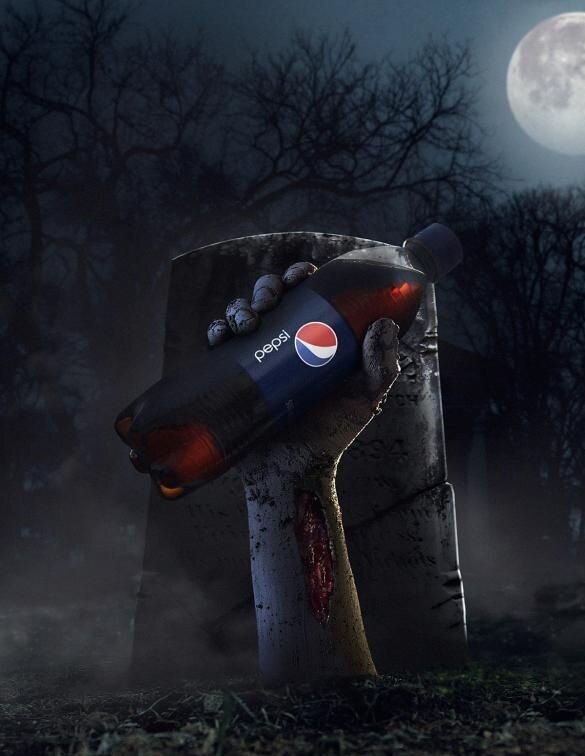5 Transcreation Examples to Make You Smile or Cringe
It’s easy to assume that your role as a translator is simply to convert content from one language into another. But what if a text requires a little more than that? What if it’s full of spirit, and your client wants a translation that’s just as engaging and persuasive as the original? Well, you might need to take a transcreation approach!
What is Transcreation?
You may have heard this term before, but the simplest answer is:
transcreation = translation + re-creation
What you’re basically doing is blending translation and copywriting. It’s a creative process that you’ll find invaluable in a marketing context when the ultimate goal is to convey the original content’s style and emotion.
“In essence, [transcreating] is rewriting taking inspiration from the original.” – Vasiliki Prestidge
5 Good and Bad Transcreation Examples
Are you struggling to imagine what transcreation looks like in practice? Sometimes the best way to illustrate something like this is by using examples. Well, here are five good and bad transcreation examples that are sure to make you smile or cringe – it’s up to you!
1. An Electrolux Slogan that Really Sucked
So, let’s start off with a cringeworthy example. We know that’s what you came here for.
Back in the 1960s, Swedish vacuum manufacturer, Electrolux decided to launch a marketing campaign in English-speaking countries featuring the slogan: “Nothing sucks like an Electrolux”. Oh dear. That’s pretty unfortunate, right? You’d be pretty embarrassed if you were the translator behind that mistake.
Or would you be? Although this appears like a classic transcreation mishap, as it turns out, the Electrolux marketing team knew exactly what they were doing here. They were fully aware that “sucks” has a double-meaning in American English and were hoping that this “edgy” slogan would catch people’s attention and make them laugh. The best part is that it worked! In the UK anyway.
However, when the campaign launched in the USA, the slogan was widely assumed to be an embarrassing translation error. This meant the company had to abandon their risky strategy in order to preserve their reputation.
This example perfectly illustrates the degree to which you need to adapt your transcreation strategy to reflect the subtle nuances between different cultures. You aren’t just trying to communicate with your audience – you want to connect with them.
A Note about Idioms
If you’ve ever come across an idiom in your translation work, your heart may have sunk a little. Literal translations hardly ever work in these instances, so it’s a great example of when you need to take a transcreation approach. Adapting a text to account for different cultural references, humour, and taboos is the key to making sure a message lands with your client’s target audience. So, now let’s have a look at two common sayings in English and German and how you would go about transcreating them.
2. Fingers Crossed
Have you ever heard the German expression, “Ich drücke dir die Daumen”? It’s a way of wishing somebody good luck and it literally translates to “I press you the thumbs”. So, how would you go about expressing this same sentiment in English? Firstly, you’ve got to rule out, “I press you the thumbs” because that doesn’t make sense. You could maybe go with “I wish you luck”, but that’s a bit too simple and doesn’t really reflect the same tone as the original German sentence. Transcreation is the answer: luckily, there’s an English saying that also references fingers, i.e. “I’ll keep my fingers crossed for you” or the common shorthand “Fingers crossed”.
3. It’s Raining Cats and Dogs
There’s not really a more British sentence than “It’s raining cats and dogs”, is there? You can read more about where this phrase comes from here.
Say your client is an English umbrella manufacturer who wants to set up a German website to target German-speaking customers. If you were to translate “It’s raining cats and dogs” directly into German, you’d end up with something like “Es regnet Katzen und Hunde”. Was? Your German-speaking reader would be definitely be confused, and confused people won’t buy your client’s product. To get a better result, you’d need to take a transcreation approach and write something like “Es schüttet wie aus Eimern” (literally: “It’s raining like from buckets”). This beautiful German phrase will grab the reader’s attention and engage them emotionally. Your client will be thrilled because the next time it’s raining cats and dogs, they may very well see a boost in their umbrella sales.
4. How to Lose Friends and Alienate People
So, what would you do if a client asked you to translate the German phrase “Unsere Kollegen sind die besten Werkzeuge” into English? If you wanted to go for a really literal approach, you might end up with something along the lines of, “Our colleagues are the ultimate tools”. Ouch. If your readers are familiar with American English, there’s a strong chance they won’t take this as a compliment. So, what are your other options?
The first thing you need to do is identify the message behind you client’s original slogan. What this company wants you to convey is that their colleagues are useful – that they help them to achieve their goals. So, how about, “Our colleagues are the key to our success”? This definitely has a similar message, but it’s a little sterile in comparison to the original. You might be better to go for something like, “Our colleagues are our secret weapons”. This is much more visual and vibrant. It connects with your reader on an emotional level and that right there is exactly what transcreation is all about.
5. Pepsi’s (Much Too) Lively Drink Campaign
Now let’s return over to the slightly cringier end of the spectrum (we all secretly love it over there!).
Pepsi launched a campaign in 1963 using the slogan, “Come alive! You’re in the Pepsi generation!”, which was then adapted for the Chinese market. However, the back translation ended up reading: “Pepsi brings your ancestors back from the dead.” A bit of false advertising there… Not a great piece of transcreation, but that’s a killer example of what not to do!
Why You Should Give Transcreation a Try
To wrap things up, your goal as a transcreator is to focus your client’s goals for their business – the message behind their text – rather than just re-creating whatever they’ve written as accurately as possible (which is the conventional translation approach). Not only are you trying to avoid any embarrassing mishaps (such as the examples mentioned above), but you’re also offering your clients a range of other benefits.
In a marketing context, transcreation is really efficient, because it means that a company doesn’t need to hire both a translator AND a copywriter to re-work their texts for their target market. They end up with content that’s ready to publish, ready to inspire, and ready to sell their product or service – all from a single source. They’ll save time and resources this way, but it also means that the original message behind their content is less likely to become distorted as it passes through too many hands.
If you’re translating marketing content for a client, there’s a high chance they’d be interested in you taking a transcreation approach. It’s always great if you’re able to really drive home the benefits of this service and demonstrate the value you can add as a language professional. If you give transcreation a go, I’d love to hear about it!
Also, this blog post was written in collaboration with fellow marketing translator, Belinda Grace Fischer. If you’d like to connect with her or learn more about her work, please check out the contact details below!





